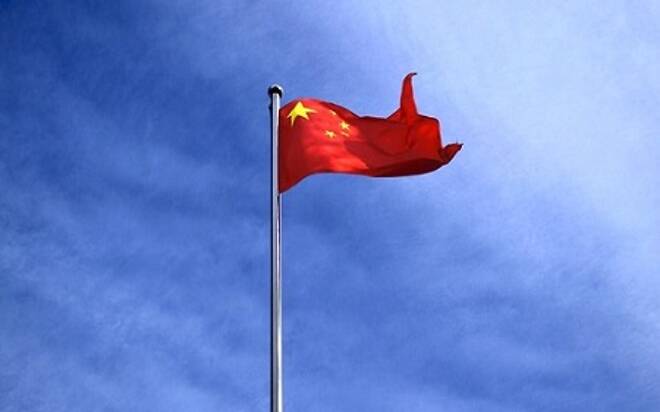Advertisement
Advertisement
Should One Put a Premium on China?
By:
It's not a secret that China is considered to be the engine of global economic growth. All countries of the world take into account the PRC trends when it
It’s not a secret that China is considered to be the engine of global economic growth. All countries of the world take into account the PRC trends when it comes to accepting decisions. As an example, during one of the last meetings Federal Reserve System called Chinese problems and instability in the financial markets one of the main reasons that do not allow to raise interest rates in the United States.
What is the real condition of the Celestial Empire economy? There is currently a decrease in GDP growth rates in China. In 2010, the economy growth rates were up to 10.4%, in 2011 – 9.2%, in 2012 – 7.8%, in 2013 – 7.7%, in 2014 – 7.4%, and in 2015 – 6,9%. The reliability of this data is under doubt since most Western experts tend to assume that the method of the PRC statistical indicators calculation is too optimistic and overestimated in many cases. Analysts researches have shown that it’s actually possible to talk about growth rates by 5-6% in the last quarter. At the same time, even if at the moment the annual growth of PRC economy is reaching a point of 7%, then the next five years it will be very difficult to keep growth rates at least at the level of 6,5%. In addition, the environmental protection measures aimed at improving the quality of water and air, which requires huge financial resources, will be a great challenge for economic development. But this issue needs to be solved since the state of national emergency has been repeatedly imposed because of the smog air pollution. All this is a result of rapid development of industry and urbanization of cities.
Another problem for the growth of the economy is the number of working-age population which is not growing. The reason for this was the policy of limiting the number of children in most families to one child for 35 years. The new policy of “one family, two children” will increase the number of working-age population, but the results will be seen only in two decades.
It should be noted that against the backdrop of the national economy slowdown, there was a significant capital outflow from China. According to the Bloomberg information source, the aggregate withdrawal reached 1 trillion dollars in 2015.
Change of economic model has also negatively affected the development of the country. Currently, PRC focuses on the development of services sector and domestic consumption rather than industrial production.
As a fact it can be noted that the real crisis in China’s economy is not observed. PRC is quite capable to provide itself. But Celestial Empire cannot count on foreign investments in such a situation. In this context another aspect of China’s economy, e. i. export of the capital, deserves on attention. So while reducing exports, PRC has become one of the largest capital exporters. There is an inverse dependence: China’s investments in other countries are growing, and foreign ones in the PRC’s economy are shrinking. Expert Online site reported that in 2015 China has acquired overseas assets worth 112.5 billion dollars, and this year just in January it has invested more than 70 billion dollars in other countries. The growth of investment cooperation (particularly with the European countries) makes it possible to suggest the renewal of negotiations on establishing of a common with EU free trade zone.
Positive points don’t come to the end with this. In March, China increased oil imports up to 8 million barrels a day, thereby overtaking the “black gold” import of America. Leading economists are of the opinion that this will not stop the Celestial Empire and the new import volume growth will not be long in coming. “The Silk Road Economic Belt” and “The 21st Century Maritime Silk Route”, The Asian Infrastructure Investment Bank and New Development Bank BRICS will become the brightest projects of the 13th five-year plan (2016-2020) of the PRC economy development.
This is a guest post written by Daniel Erlich. For more information, please visit JustForex.
About the Author
Daniel Erlichauthor
Advertisement
